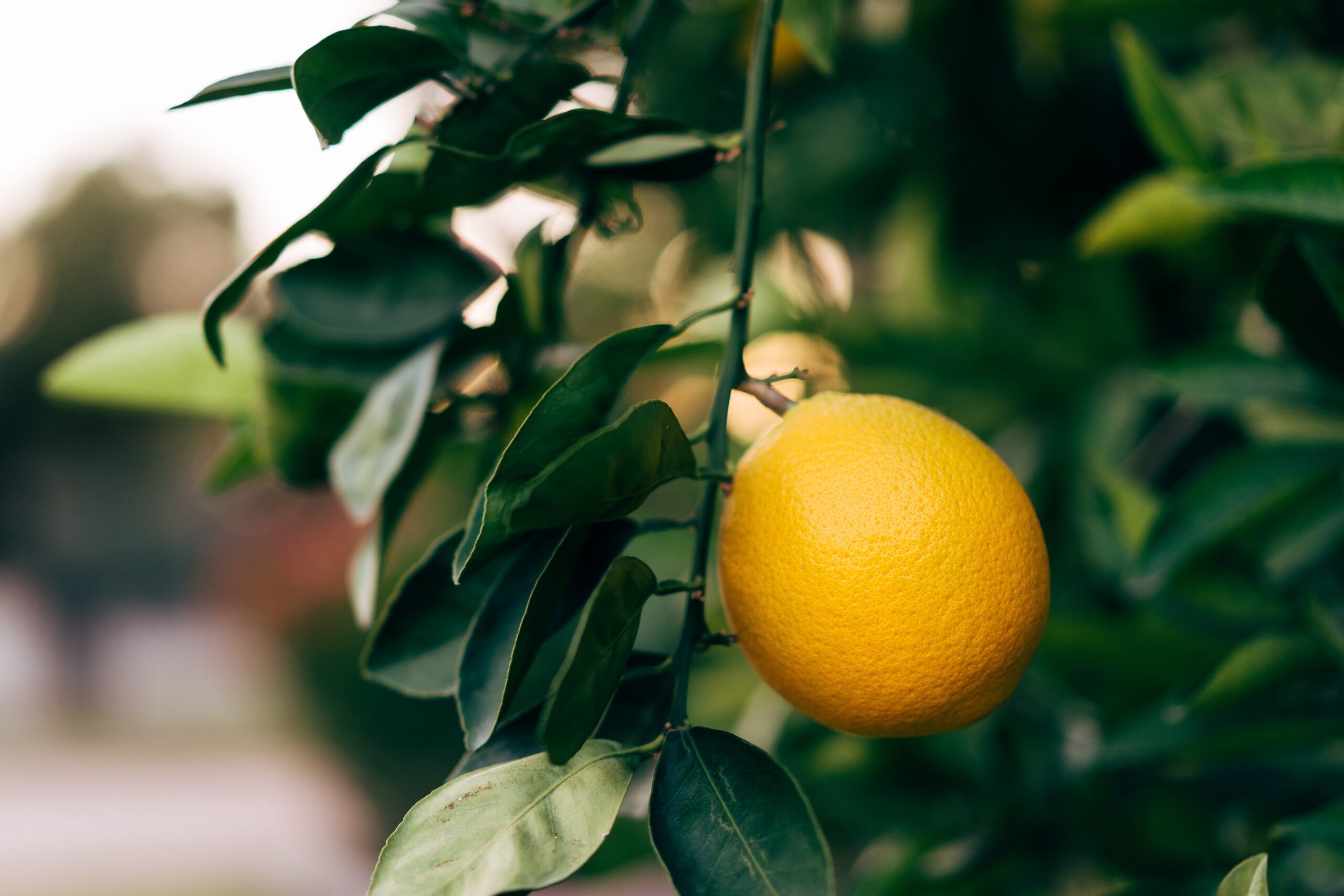Questions We’re Asking This Week: San Joaquin Valley Edition

Approximately one year ago, Heron connected with a local community leader in the San Joaquin Valley. We were interested in her perspective on what was happening in the valley, as we didn’t know much about the region.
What we heard painted the San Joaquin Valley as a place with striking contradictions. In 2016, the San Joaquin Valley generated over $31 billion of agricultural production, accounting for 67% of California’s total production and 9% of total U.S. production.[1] However, while the valley is an agricultural powerhouse, its residents live in some of the most marginalized communities in the country. An estimated 23% of San Joaquin Valley residents live in poverty, compared to 14.3% in California and 12.7% in the US. The unemployment rate in 2016 was 9.5%, compared to 5.0% in California and 4.6% nationally.[2] Demographic and environmental challenges further entrench the San Joaquin Valley as one of the most distressed areas in the United States.
Heron was struck by the dichotomy described and started asking questions about the state of San Joaquin Valley, including:
- How can a community that is so integral to food and agricultural supply chains be excluded from the immense value created by the food and agricultural sectors?
- How does the consolidation of an industry (in this case, food and agriculture) in a concentrated geography (in this case, the San Joaquin Valley) affect both that geography and industry? As automation and robotics develop, what will happen to the labor-intensive industries and the surrounding communities?
- What are corporations doing to prevent potential crises in their supply chains? Would the consumer-facing food and agricultural corporations that source their commodities from the San Joaquin Valley be willing to improve their net contribution relative to those communities out of enlightened self-interest?
- How can a community that lives in such proximity to two wealth hubs (San Francisco and Los Angeles) exist in such poverty? Does the financial capital from those two wealth hubs diffuse into the surrounding communities? What are (or could be) the effects — both positive and negative — of that diffusion?
These are significant inquiries that likely have multiple answers depending on the engaged perspective. In understanding the complexity of these questions, we know that we cannot answer them alone.
Since our original meeting to learn about the San Joaquin Valley, we’ve been engaging with other community leaders, organizations, and experts in the field. Now, we’re posing our inquiries here, in the hope of filling in the blanks. What perspectives are we missing? Who should we be talking to? How can we better understand the San Joaquin Valley, in the aim of helping residents help themselves? As we continue to investigate, let us know what you think in the comments.
[1] California Department of Food and Agriculture. (2017). California Agricultural Statistics Review. Retrieved from https://www.nass.usda.gov/Statistics_by_State/California/Publications/Annual_Statistical_Reviews/2017/2016cas-all.pdf
[2] Economic Innovation Group. (2018). [Distressed Communities Index map of the United States as of 2018]. Distressed Communities Index. Retrieved from https://eig.org/dci/2018-dci-map-national-counties-map
Comments are closed here.